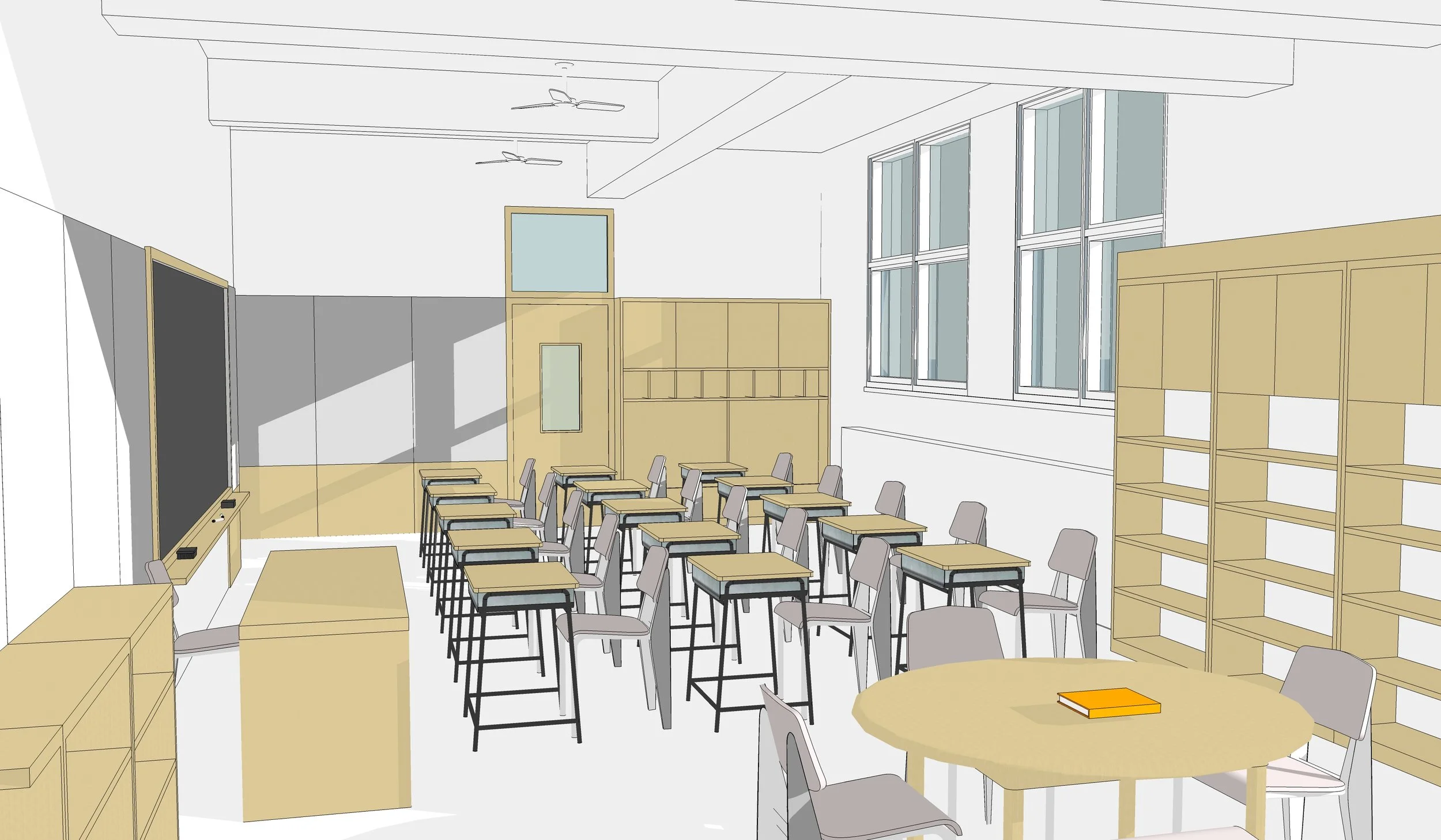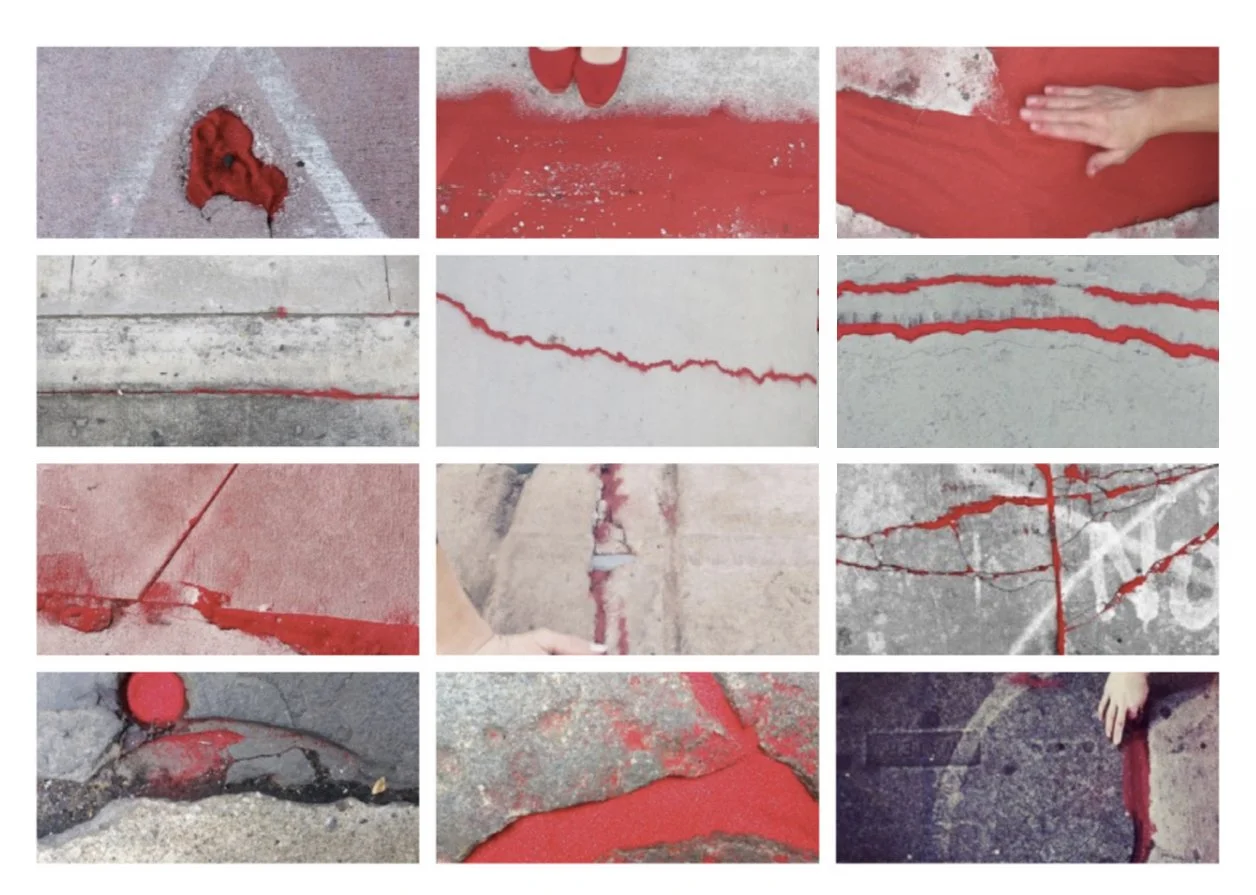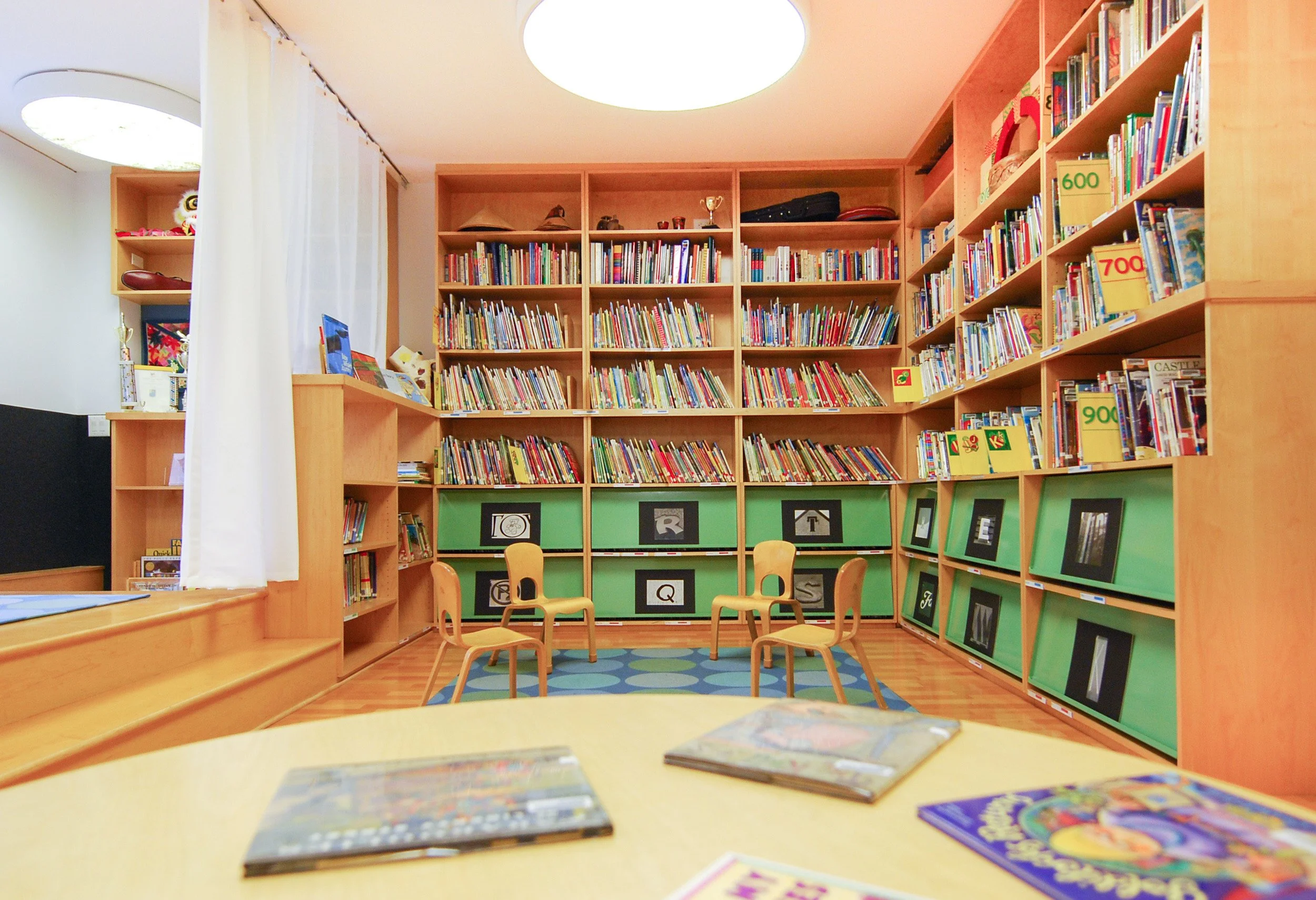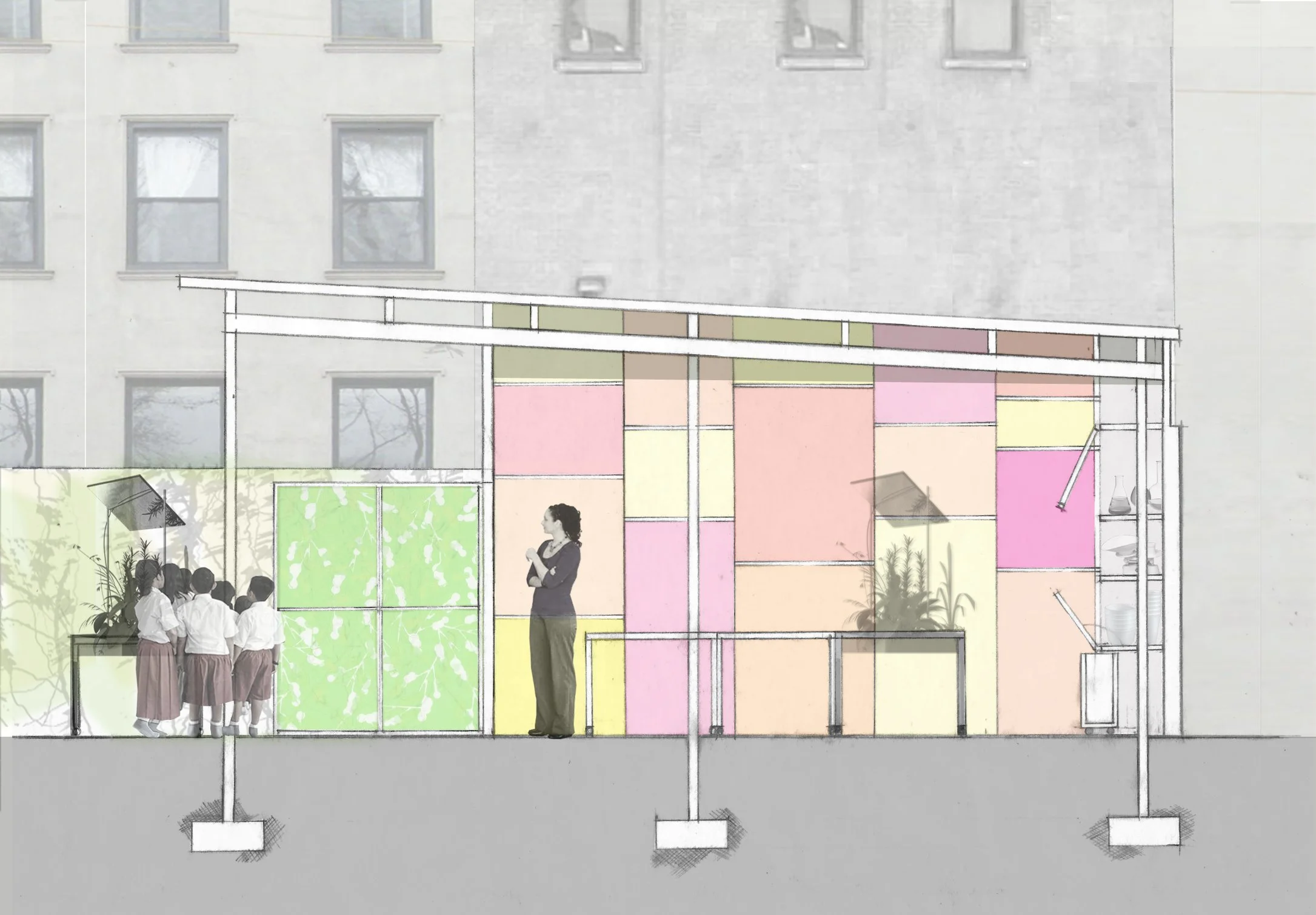Investigations + Explorations
Most needs of mission-driven organizations are not solved by design alone. Our clients benefit from our deep engagement with the questions and histories that undergird their challenges and opportunities. As part of our work, KWA conducts a range of research that supports our work with clients.
Background
We have conducted research into programmatic requirements that emerge around new institutional responsibilities, the integration of artistic elements into schools’ programs, and the innovative uses of materials and under-utilized spaces. For example, we have been asked to create a guide for space requirements for afterschool programs, have conducted investigations of how particular artistic works or design elements could support schools’ particular educational philosophy, explored how traditional materials (like chain link fencing) can be creatively used in design, and investigated how science lab space can be created even when schools have no available classrooms.
Design Challenge
Our work with the Local Initiatives Support Corporation (LISC) provoked discussions with clients concerning how to address the particular programmatic needs of afterschool as distinct from school-time programming. Our work with the Horace Mann School included considering how their Reggio Emilia teaching methodology might guide the design of their Manhattan Nursery division. The Mt. Carmel school wanted a science lab but had no extra classroom space. The Incarnation School in Washington Heights wanted a rooftop playground that also provoked students’ curiosity concerning their neighborhood.
Design Strategy
For LISC, we created a user-friendly document with real world examples from a range of our clients, and life-like renderings of how spaces might actually be used once populated. During our research into early childhood and Reggio Emilia teaching, we discovered that looking at book bindings to select a book when a child isn’t yet able to read is useless. So we developed a design for doors that maintained stack storage but allowed books to be displayed with book covers facing out for the children to make their selections. KWA’s experimentation with chain link fencing systems ranged from how its woven structure might be self-supporting for a folly in a local park to how it functions as a system of enclosure panels for an indoor outdoor structure.
Impact
We collaborated with the New York Hall of Science to bring their science curriculum to schools with a curriculum for playgrounds and created an indoor-outdoor science lab. KWA obtained the rights from the Romare Bearden Foundation and Metropolitan Museum of Art to reproduce a large-scale screening of a Bearden collage in an area of a rooftop playground that we were designing. It brought the work and familiar imagery of a famous neighborhood artist into the students’ everyday life. The artwork also gave the school and students a special relationship to the Metropolitan Museum where the students could visit and see the Bearden artwork and help the students feel at home in one of the great art institutions in our country.









